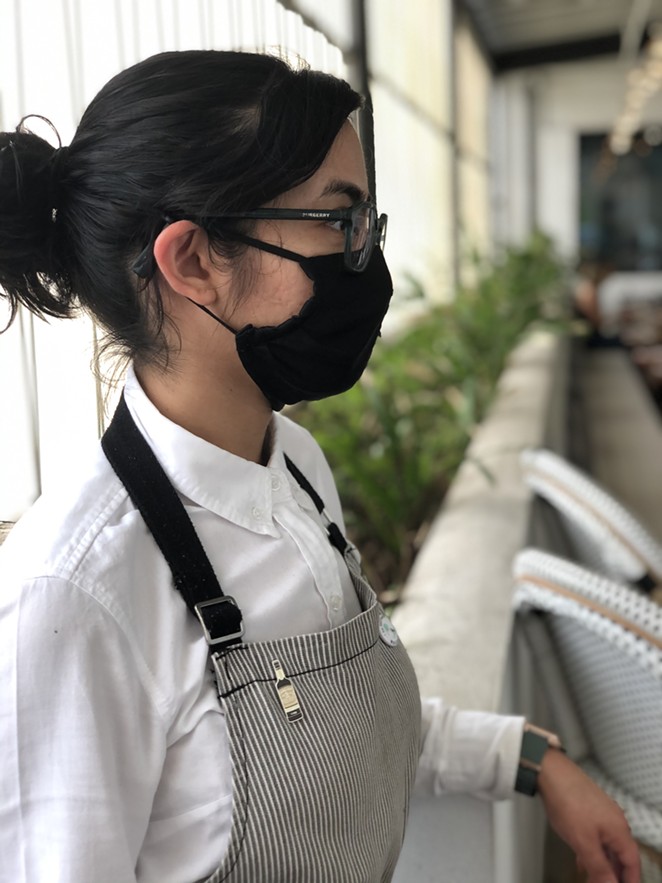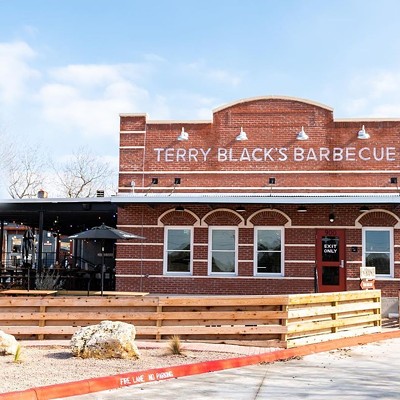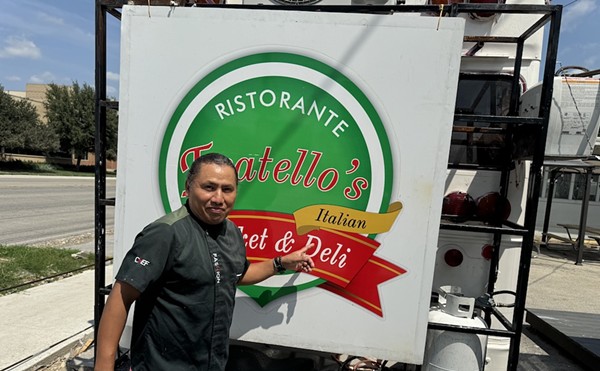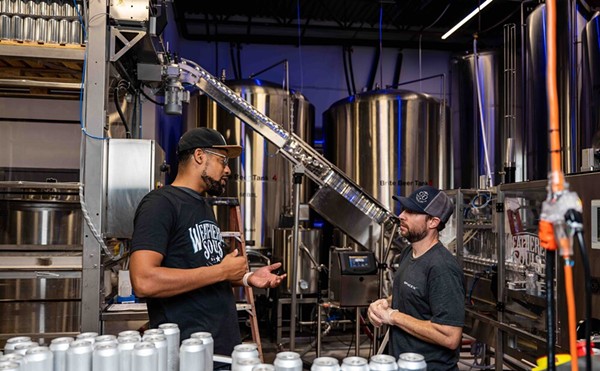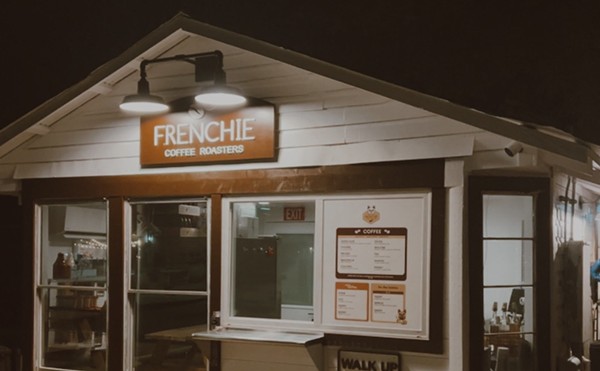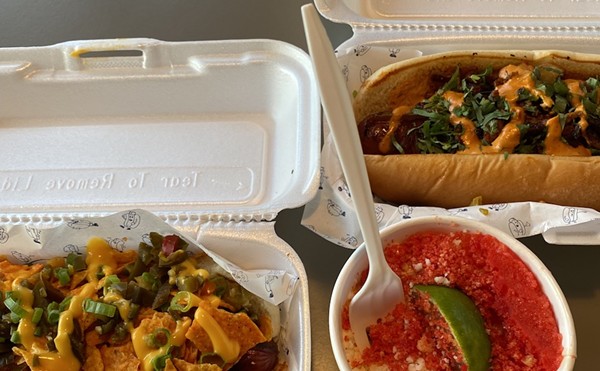“I didn’t really want to go back in August, because I saw so many other people in the industry reinventing themselves, no longer working themselves to death for an entity that doesn’t care about them,” she said. “But I love my guests, I love people, and I want them to feel welcome.”
Sanchez said she was pleasantly surprised by diners when restaurants first opened. They respected COVID-safety requirements, and they tipped well. But neither lasted long.
“At this point, eight months later, I’m not even scared to get the virus. It’s more about people not respecting the restaurant,” she said. “So many people are not even attempting to wear a mask, not respecting the six-foot rule, being blatantly rude and dismissive of the fact that the staff they see on the floor is everyone we have. And then they tip 15% after occupying a table for three hours. I just can’t do it anymore.”
As if a 15-month pandemic hasn’t been devastating enough for food service establishments, those that made it through are struggling to rebuild amid a crippling labor shortage. But hospitality workers say that shortage isn’t because they’re lazy or don’t want to work.
While some restaurants are offering signing and referral bonuses, those simply aren’t enough to draw workers back to the dining room floor. The National Restaurant Association reports that 93% of operators say retaining employees will likely be more difficult after the pandemic is over than it was before it started.
With workers facing higher risk of exposure to the coronavirus, many say they’re not enticed to return to an industry known for long hours, often meager wages and minimal healthcare and retirement options.
‘Groceries, gas or rent’
Lisa Amaya tended bar for nearly eight years at Northeast San Antonio sports bar Roxy after years of working at corporate entities such as Olive Garden. After 15 years in the business, she saw the pandemic as a chance to reboot her career and get out of a business that was yielding fewer and fewer rewards.
“Empathy is a dying human trait,” she said of her frustration with the service sector.
Amaya, who has bachelor’s degree in psychology from UTSA, recently accepted a job with the Texas Health and Human Services Commission, working with families to assess their eligibility for food stamps and other programs. While she never considered herself a “lifer” in the restaurant industry, she never expected a worldwide health crisis to push her into another line of work.
“I feel like I’ll still be in a service position, it’s just a totally different realm,” she said. “It’ll be something completely new, and maybe this is better for my mental health because I won’t have the chance to get so invested in the families I work with. Not like I did with my regulars from the bar.”
In the months that Texas bars were forced into closure, Amaya noticed a dynamic change in some of her patrons’ behavior. Keeping in touch via social media opened the doors for her regular patrons to see more of her personal life, and that came with baggage.
“[After bars reopened,] I had people come in and try to start arguments with me about politics in the bar,” she said. “Everything is so polarized now, and it became harder to be happy to see these people because I knew my mental and emotional health would suffer. There was always a comment about my being a stickler about masks or Trump or my lifestyle. Why couldn’t I have just served them their drinks and been on my way?”
Ultimately, Amaya left Roxy Sports Bar not because she lacked support from coworkers or management, but because a job with the state offers something many small food service businesses can’t: benefits. Medical, dental, 401(k), you name it.
“I knew the bar life wasn’t the end-all, be-all for me,” she said. “But I was never really able to save up enough money to better myself, to better my life. It’s tough to do that, to save and pay for school and monthly expenses on a wage like that. I’m so fortunate that my girlfriend and I can now afford for me to accept this job, take the time I need to train for it and not feel the anxiety I used to about how I was going to pay for groceries, gas or rent.”
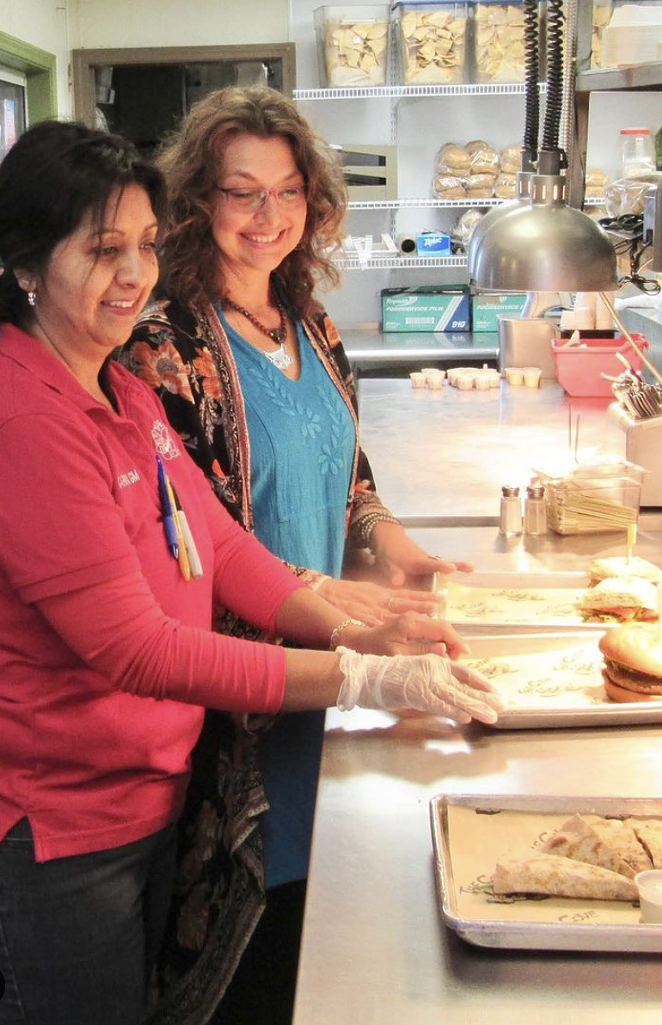
Lisa Asvestas, owner of popular downtown-area eateries The Cove and Five Points Local, is used to hearing about the financial anxieties felt by food service workers. To her, they’re a sign of a broken system.
“There’s some truth to the fact that some people likely enjoy sitting at home and getting these [unemployment] benefits,” Asvestas told the Current. “But business owners can either sit around and bitch about how nobody wants to work, or we can do something about it. This is part of the model shifting.”
Asvestas began making major changes to her restaurants in 2019, adding health and wellness plans aimed at improving working conditions. In addition to implementing a $15 hourly minimum wage, she also hosts weekly check-ins and free yoga classes for employees and offers them paid leadership training and access to affordable healthcare.
“I’m working on appreciating the team that I have,” she said. “As a business owner, I had a shitty year and then two really good months where we turned a profit. March and April were so great, considering the last year. So, I’ll be implementing a profit bonus for my team members, because it took the whole team to make that profit. It wouldn’t have happened without them.”
Both Sanchez and Amaya said they feel positive about their future job prospects.
And Asvestas too feels like something positive will come out of the pandemic. All three said they’re hopeful that the pains being felt in the industry as it struggles through its restart are growing pains.
“I feel like COVID has pushed the industry to the spotlight, about the fact that these issues have been brought into the light,” Asvestas said. “We can’t change what we don’t acknowledge. And you know, people are now seeing that it can be done. Restaurant owners can make sure people can make a living wage. … The question is really whether we’re all willing to do what it takes to make sure these systems benefit everyone.”
So many restaurants, so little time. Find out the latest San Antonio dining news with our Flavor Friday Newsletter.

